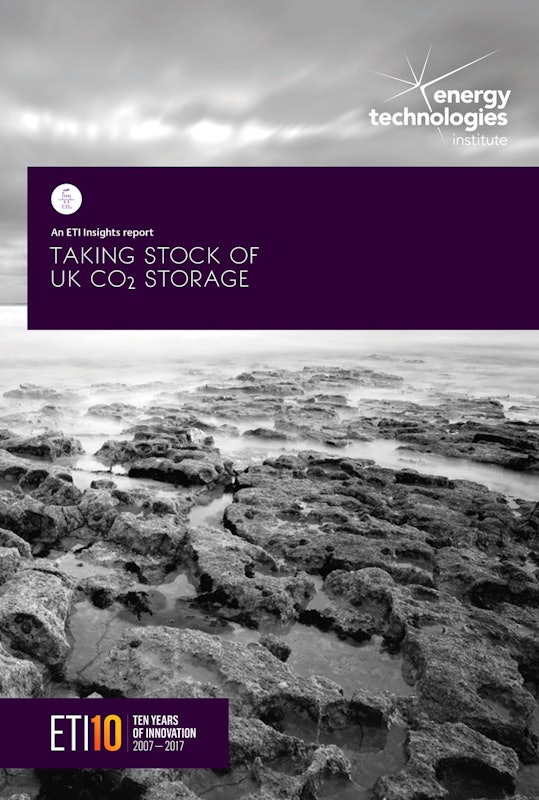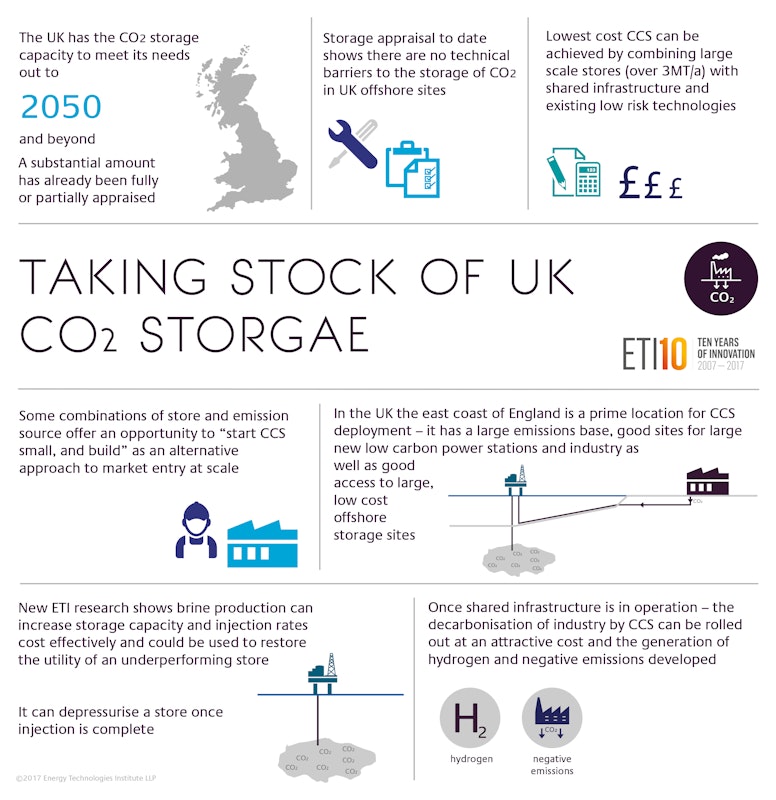Taking Stock of UK CO2 Storage

Dennis Gammer
Strategy Manager

Termination of the most recent Government CCS Commercialisation competition late in 2015 was a major setback for the decarbonisation of the fossil power and industrial sectors in the UK. Now the dust has settled, we review in this paper what we have learned about the CO2 storage aspects of CCS in particular, and other aspects of CCS that have changed over the last few years, since we first published our analysis of the UK’s CO2 storage options in 2013. At the point of cancellation, the two competing projects, Peterhead and White Rose, were advanced in terms of carrying out engineering and appraisal work, and some of the information gained by the projects has now been published by the government on its CCS website.
The UK Government also funded the Strategic UK Storage Appraisal Project (S.SAP Project), via the ETI in 2015/16, in which a consortium led by Pale Blue Dot (PBD) partially appraised several other potential CO2 stores in UK waters, and this work has also been published. We will step back from the “two-horse race” of two years ago and examine different issues affecting the starting point for the CCS projects we believe are necessary to deeper decarbonise our power, industrial and potentially domestic energy use. Internationally, in the short period since the cancellation of the projects, confidence in the technical success of the industry has grown with successful operation of plants including Quest, Sask Power and recently Petra Nova, all in North America. However, key stakeholder confidence in the UK has been eroded by successive competition cancellations, and a clearer picture of risk allocation within the project chain and value recognition is needed to regain momentum.

Dennis Gammer
Strategy Manager
Dennis Gammer joined the ETI as Strategy Manager, Carbon Capture and Storage in 2010. He has 30 years’ experience in technology development and licensing and is a chartered chemical engineer